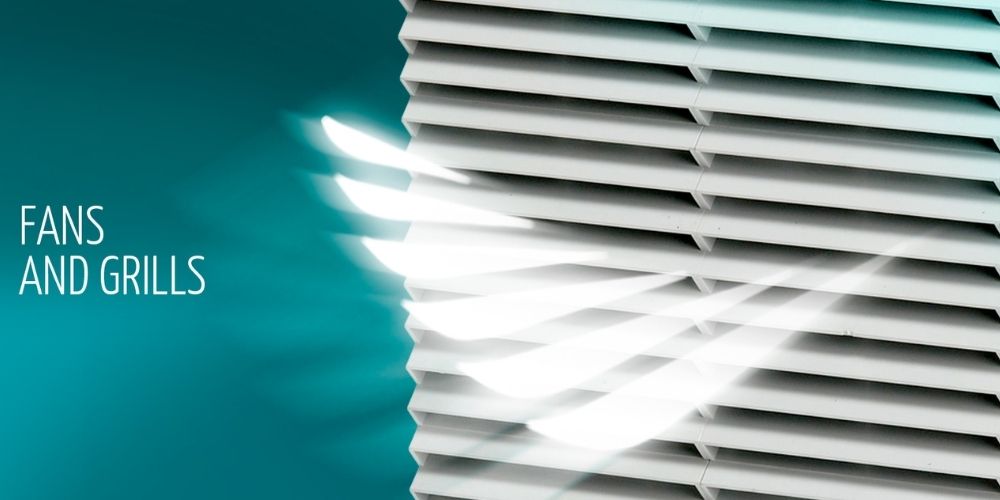

What is a Panel Cooling Fan and What Does it Do?
A panel cooling fan is a device used to dissipate heat from inside electrical panels and keep the temperature balanced. Electrical panels generate a lot of heat while operating, which can negatively affect the performance and lifespan of the devices inside. A panel cooling fan takes in the air inside the panel, cools it down, and circulates it back inside. This way, it keeps the humidity and temperature inside the panel under control.
What are the Benefits of Using a Panel Cooling Fan?
Using a panel cooling fan provides numerous benefits to the owners and users of electrical panels. These benefits include:
Prevents Overheating:
A panel cooling fan prevents overheating of the devices inside the panel by dissipating the heat outside. This helps maintain the performance of the devices and increases efficiency.
Controls Humidity:
A panel cooling fan balances and dries the humidity inside the panel. This prevents devices from experiencing problems such as corrosion, rust, and insulation deterioration, which extends the lifespan of the devices and reduces maintenance costs.
Ensures Safety:
A panel cooling fan ensures the safety of the devices inside the panel by keeping the temperature and humidity under control. This prevents the devices from malfunctioning, breaking down, or getting damaged, which reduces the risk of potential fire, short circuit, and electric shock.
Saves Energy:
A panel cooling fan saves energy by keeping the temperature inside the panel at the desired level. The fan operates only when needed and avoids unnecessary operation, which reduces the electricity bill and contributes to the environment.
What are the Factors to Consider When Choosing a Panel Cooling Fan?
When choosing a panel cooling fan, it is important to consider the following factors:
Panel Type and Size:
The type and size of the panel should be considered to choose a compatible fan model. Factors such as the fan’s dimensions, power, flow rate, noise level, and protection class should be evaluated.
Mounting Location:
The panel cooling fan should be mounted on the bottom and top of the panel door at equal distances. The air inlet and outlet directions of the fan should be adjusted correctly. The electrical connection of the fan should be made securely.
Monitoring and Control:
The temperature and humidity values inside the panel should be continuously monitored and adjusted when using a panel cooling fan. The operating and idle times of the fan should be determined and controlled using accessories such as a thermostat or humidistat.
Maintenance:
The panel cooling fan should be regularly cleaned, and the filter should be replaced. The fan’s impeller, motor, and protective cage should be inspected and replaced if necessary. The operating performance of the fan should be tested and adjusted if needed.
Conclusion
Panel cooling fans play a crucial role in ensuring the efficient, safe, and long-term operation of electrical panels. By preventing overheating, controlling humidity, ensuring safety, and saving energy, panel cooling fans offer significant advantages to businesses and individuals. It is essential to select the appropriate fan model and follow the necessary guidelines for installation, monitoring, and maintenance to maximize the benefits of using a panel cooling fan.

